If your cat is fearful and anxious of many things and situations, here are a few tips to help you give them some peace and confidence.
Firstly – what causes fearfulness and anxiety in cats?
In my experience, usually this is caused by the cat having limited socialisation and exposure to common household stimuli in their formative period (3-9 weeks). In this time it’s important to make sure cats get lots of contact with as many people as possible along with exposure to normal experiences in the home (cooking, lawn mowers, vacuums etc). If your kitten was feral before coming to you, it can be difficult to adjust them to a normal home environment and this will take more knowledge and skill.
For whatever reason your cat is fearful or anxious, here are some techniques that will help.
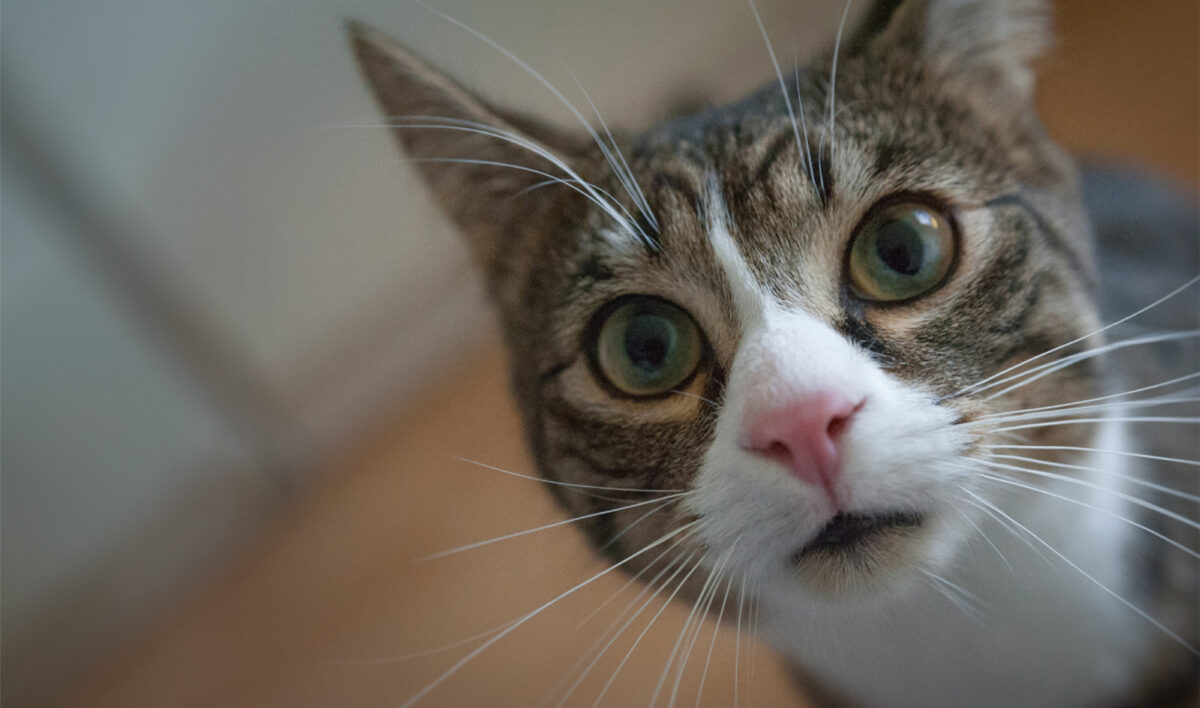
Understand their limitations
Firstly, it’s important to understand that while cats can be trained, they’re not as readily responsive to something like desensitisation training as dogs are. Helping a cat is often about finding ways to manage their environment or issue so they’re not becoming overly stressed rather than actually resolving it with training.
Safe spaces
Cats love having their own hideouts – the smaller and darker the better! Set up cozy, quiet, darkened spots with blankets or beds where your cat can retreat when they need some quiet time. Make sure one of them is in a quiet room that doesn’t get a lot of foot traffic and where children and visitors can’t access it (a laundry bench, garden shed or garage often work well if you can put in a cat door or leave a window open). Cats also like height to get up out of the way, so high beds and cubbys are good.
Follow their pace
Don’t force your cat into interaction with new objects or environments too fast. Let them investigate new things at their own pace. Cats particularly like to smell things in their environment. They have scent glands on the side of their face and between their paws and often rub mark things to make them more familiar. There are commercial mimics of these pheromones (such as Feliway) that can have a calming effect too.
Gentle socialisation
If your cat is scared of people, don’t push them into interactions – it will only make the issue worse. Instead, allow time for your cat to build trust in a new person (for those friends and family members patient enough!). The new person should be calm and quiet, they may use a toy to entice the cat into interaction or offer a high value treat. Don’t try and trick or surprise your cat into an interaction, slow enticement is the key.
Don’t rub them up the wrong way
Many cats don’t like their back end or rump region being touched as it’s related to mating behaviour, and it can stimulate a biting reflex. Lots of cats also don’t like their belly being touched, they evolved to keep this area protected so they likely see touching in this area as a threat. For fearful cats in particular, pay attention to their body language to see what they enjoy and what they don’t, and respond accordingly. This will help build their trust in you.
Signs your cat is not enjoying your touch include:
- They go still and stop purring or leaning in for strokes or rubbing against you
- They move away from you
- Ears become flattened or rotate backwards
- They shake their head
- Fur on their back appears to ripple
- They lick their nose
- Turn their head sharply to face you or your hand (or bite!)
- They suddenly start grooming themselves, lasting only a few seconds
- Their tail starts to flick and thump, a sure sign they are getting peeved off
- They hiss
- They arch their back, turn side on and can launch at you from that posture. This is a fear posture and is trying to make themselves look as big as possible, before threatening further or attacking (they often do this to dogs).
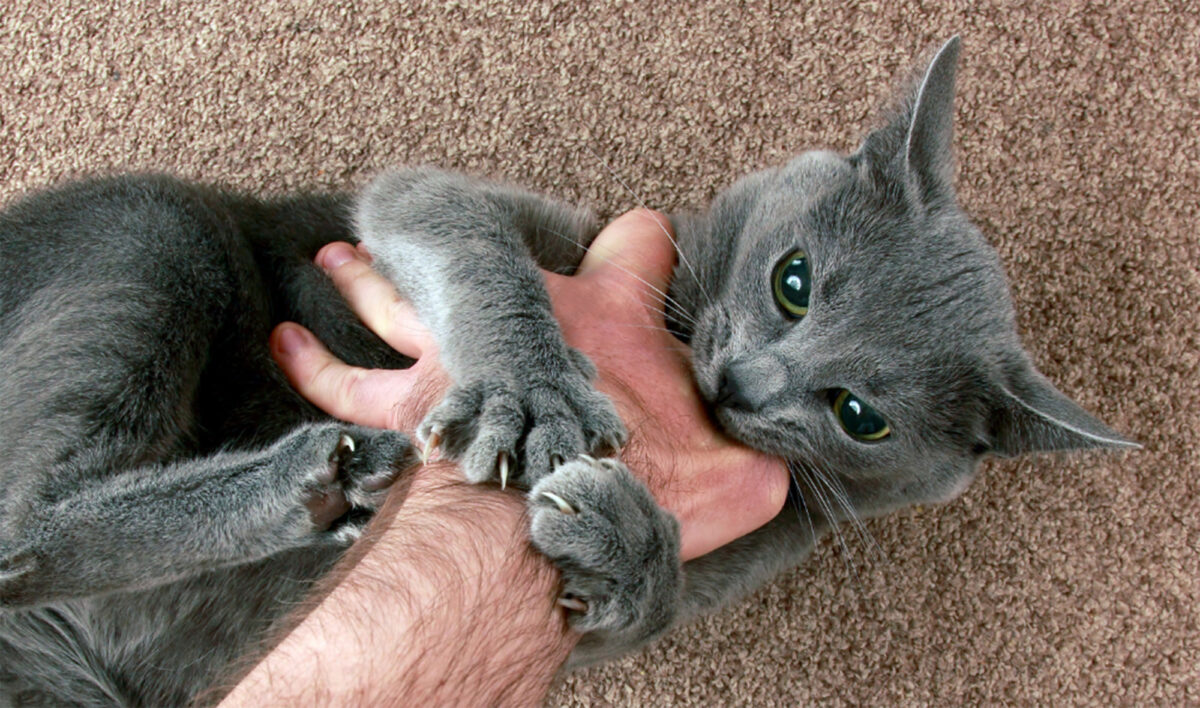
Offer contact they’re more likely to enjoy
The best way to stroke a cat is around the cheeks, base of the ears and under the chin. There are lots of glands in this area and a cat’s natural inclination is to rub against things with these areas to leave their scent, which means stimulation naturally feels nice here and touching those areas arouses non-aggressive and pro-social behaviours, especially in the cheek area.
Stroking your cat in the right way will help your cat bond with you more closely.
Some signs your cat is enjoying your touch:
- Your cat’s tail being vertically raised as they run toward you.
- Purring, kneading, and your cat actively pushing and rubbing its head towards you. They often rub their cheek onto you and may circle around your legs rubbing and have tail upright.
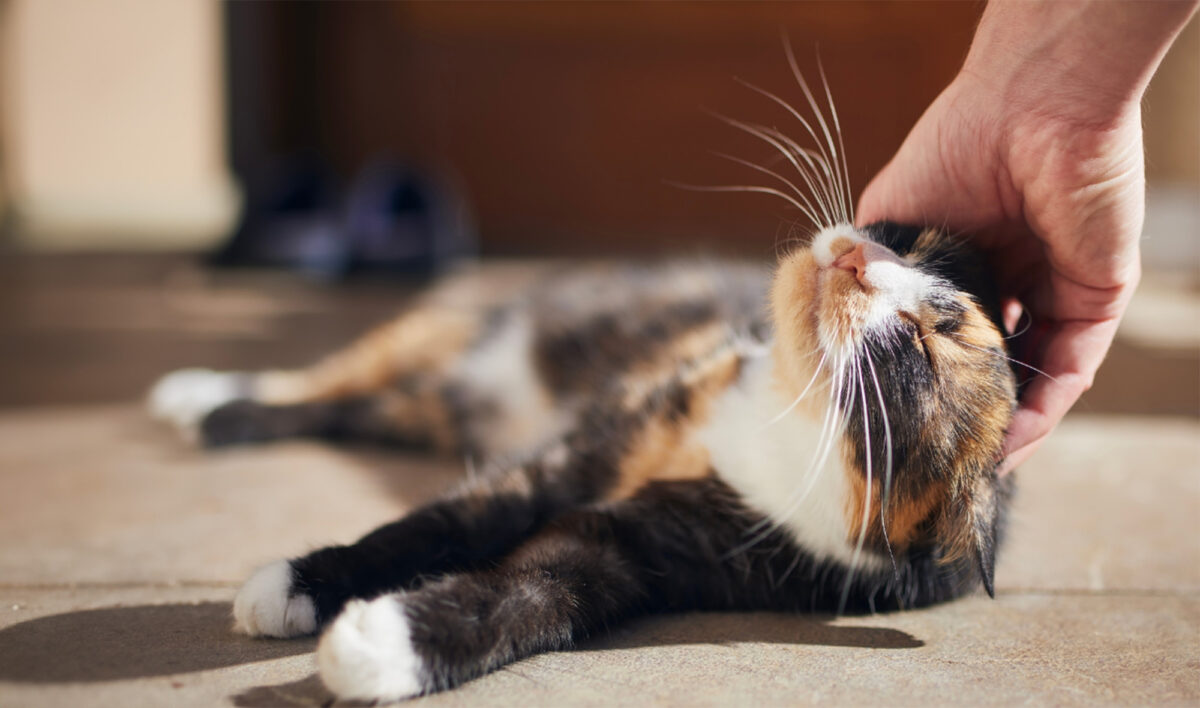
Use your face to encourage trust
If you half close your eyes when handling a cat, you mimic their social soliciting facial posturing and induce more prosocial responses in return! Give it a try and see how your cat responds.
Consider if other cats are causing stress
A major cause of stress for cats is pressure from other cats in the area, particularly if they are entire males (tomcats). In a natural environment, a tomcat will have about a 100 acre territory with several females within, and a female will have a 5 acre territory within that. As we have cats in smaller territories now in our homes, this high density can cause more stress. If other cats are coming into your home or onto your property, displacing them can help alleviate your cat’s stress and anxiety.
If another cat is coming right into your home through the cat door, consider a microchip door to prevent this. If other cats are coming onto your property, see if you can catch them at it and give them a wee fright to keep them away. For example, a squirt with a water gun or throw a can of stones nearby so that the noise scares them off. Be very careful not to hit the cat with the can of stones, of course – the idea is to give them a little fright to stop them coming into your yard, not hurt them. If you know who the other cat belongs to, have a chat with the owner first to let them know what you’re doing and that you mean their cat no harm. It’s important for cat owners to work together where possible!
If you have a neighbour with a tomcat, have a chat about whether they’d consider desexing which will normally help alleviate the pressure.
A catio space (enclosed outdoor area) can also be useful to prevent fighting and stress caused by other cats, giving your cat some outdoor time but without having direct contact with neighbouring cats.
Use calming products
Consider trying pheromone diffusers, sprays or calming collars to create a soothing environment for your cat. In instances of extreme fear or anxiety, talk to your vet about medication options to help them relax.
Play therapy
Engage your cat with interactive toys, which provides good exercise and stimulation and can sometimes help boost their confidence.
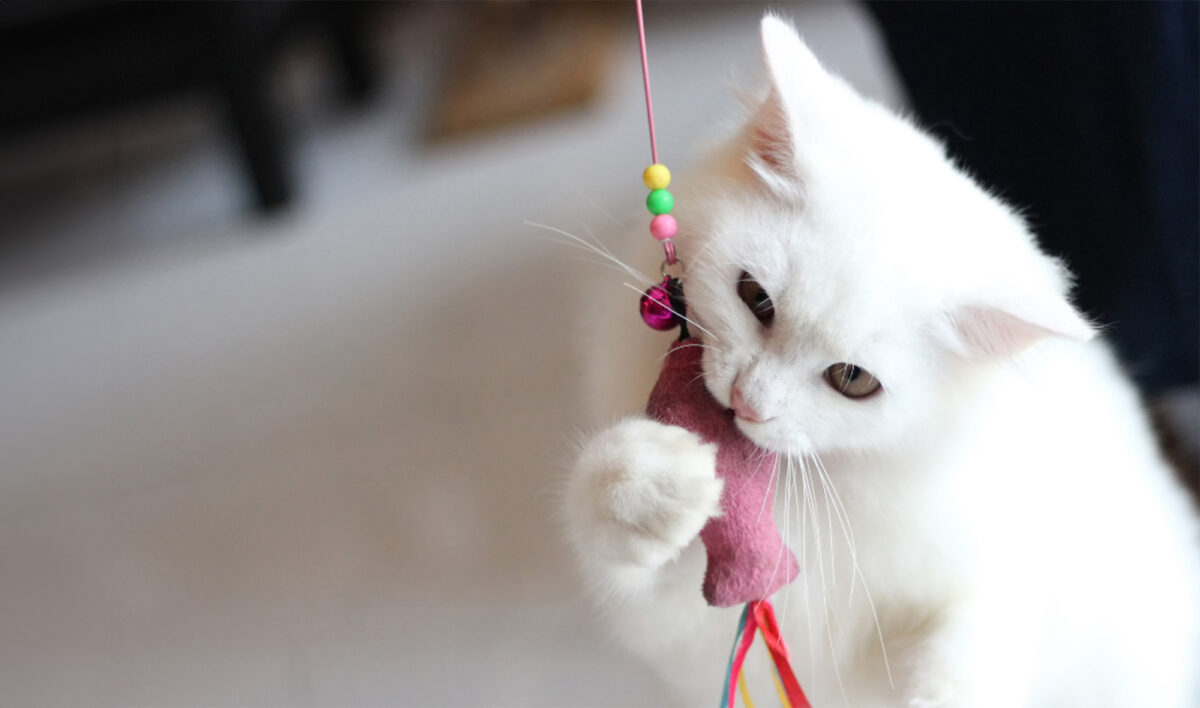
Avoid frights
Try to avoid giving your cat big frights as this can compound the issue. Try to speak softly and move slowly, don’t do anything that creates big crashes and bangs and don’t put your cat in a situation they feel they can’t escape.
Be careful with children
Children can be overly boisterous and affectionate with a timid cat. Don’t allow your cat to feel cornered by grabby kids (or adults for that matter!). It’s better to keep your cat in a separate space with younger kids who may not understand how to help your cat feel at ease.
Clicker training
Clicker training can be a useful tool to help with desensitising a scaredy cat. It does take some time and patience but if you’re up for a bit of training do some research on how to clicker train your cat (we can cover this in an upcoming article too!).
Patience
The best gift you can give a timid cat is patience and love! Offer affection and contact in a quiet, calm way that suits your pet and helps them feel at ease.
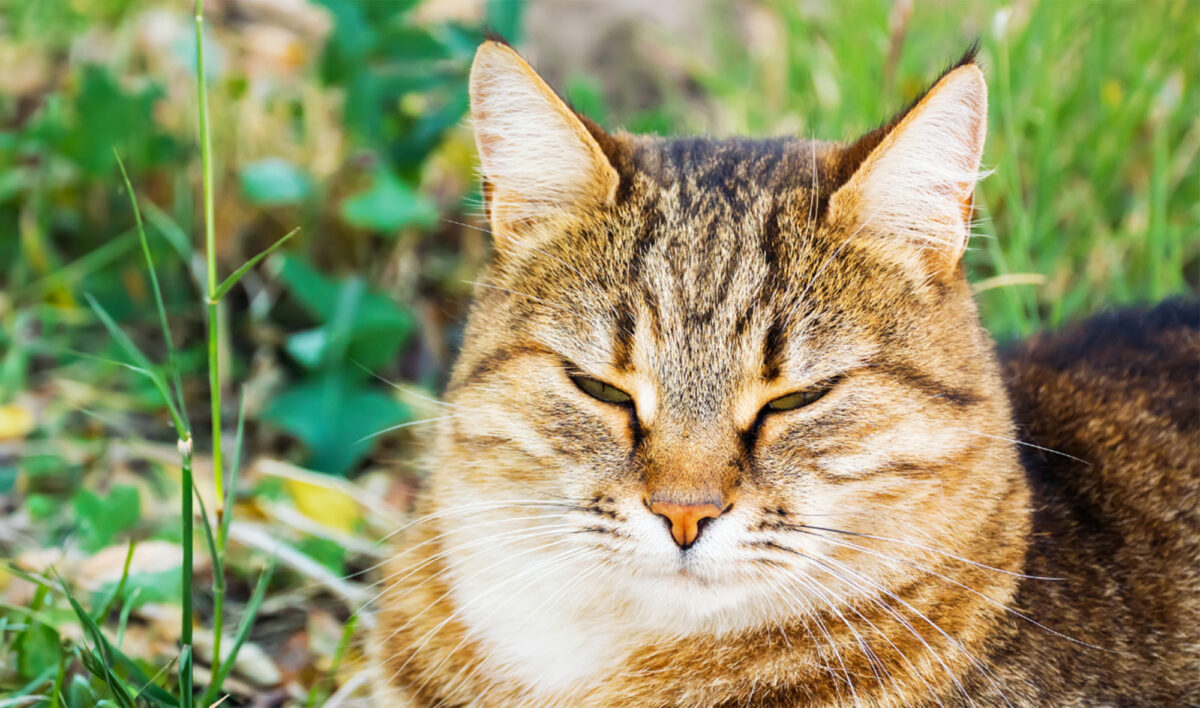
Manage your expectations
A cat that hasn’t had a lot of socialisation will likely never be a social butterfly. They may never want to come into the house when you have guests or interact with others. That’s okay, just accept the contact that your cat IS willing to give you and enjoy what you can get. Cats are by nature independent, solitary creatures so they are probably happy enough without a huge amount of human contact if this is how they’re used to living.
I hope this advice helps you move forward confidently with your cat!






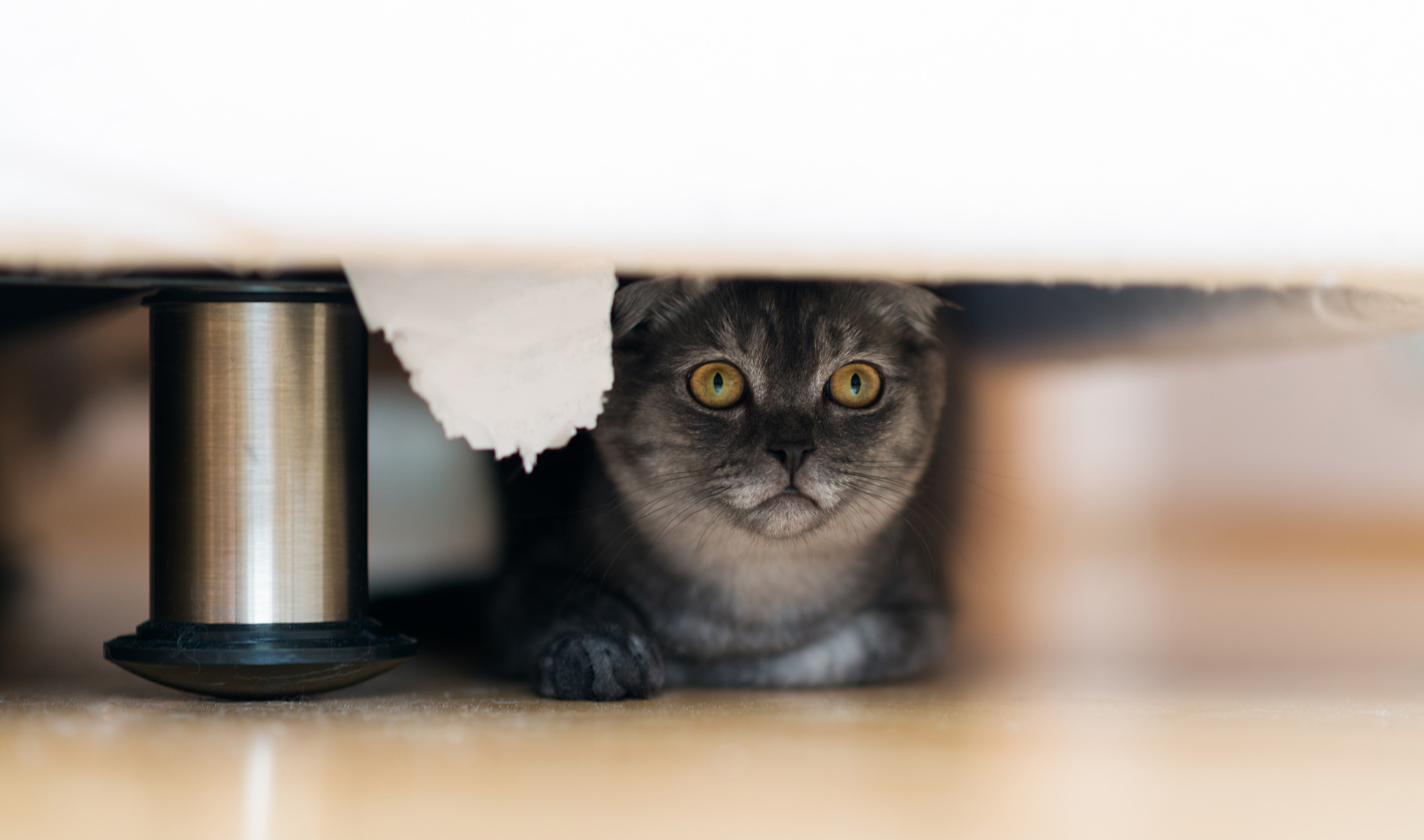



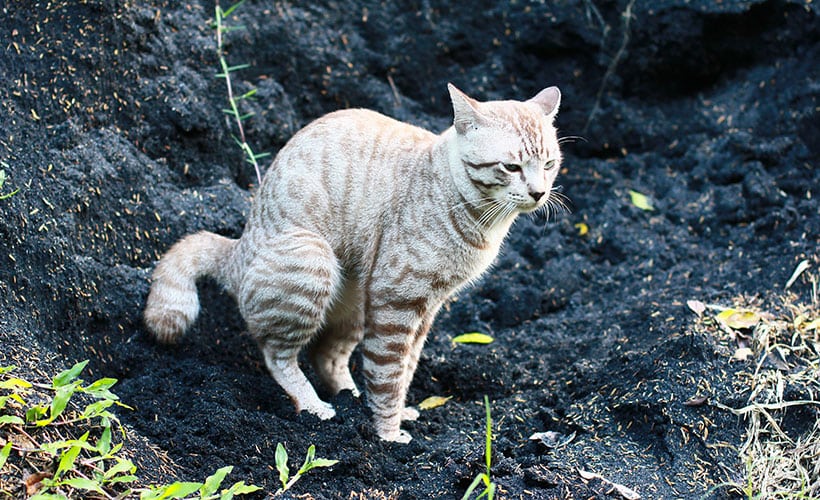




Community